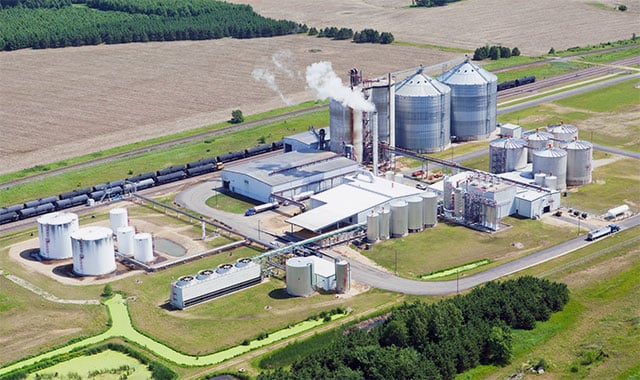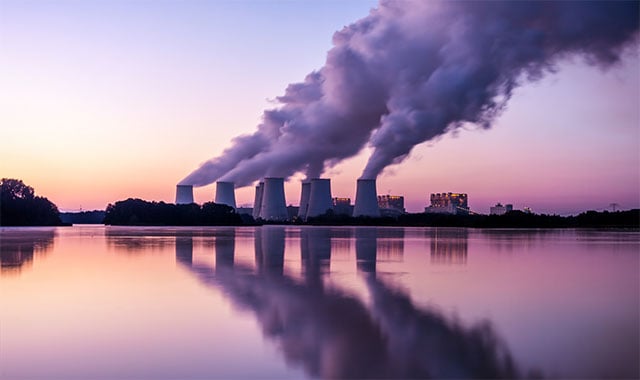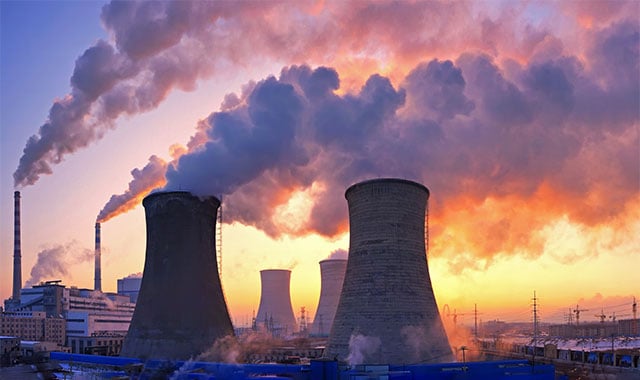CCS is Viable, Safe and Ready for Today

Carbon capture and storage (CCS) is a technology that has jumped to the forefront of the energy transition discussion, rightly praised for its broad range of applications and ability to significantly lower emissions from traditionally hard-to-abate industries. Despite recent financial incentives and shows of faith from lawmakers, there has been a significant recent rise in criticism challenging whether CCS is a “proven technology”. However, the question has never been, “Is carbon capture viable?”
Capturing carbon dioxide and storing it safely underground has been in practice for decades, with the first U.S. project coming online in Texas, as far back as the 1970s. Any technical uncertainty of CCS is negated by years of successful projects. Notably, the Global CCS Institute’s 2022 report found there were 194 large-scale CCS facilities globally at the end of last year–compared to 51 in 2019. Of the total number tallied, 94 of these projects were in the Americas with 80 located in the United States.
Though CCS has successfully been in use for a number of decades across a number of geographies, commercial projects have not been financially feasible in the past. A prime example of CCS economics not being conducive to large-scale deployment of the technology was the Petra Nova facility in Texas, mothballed not because of untested technology but because of market shifts.
One of the greatest arguments opponents have against carbon capture is that it isn’t scalable.
However, post-Inflation Reduction Act, CCS now benefits from a completely different cost curve and financial model. Federal incentives like the enhanced 45Q tax credit, direct payment and other policies show a promising path forward for the technology along with broad bipartisan support. Indeed, the latest enhancements to the 45Q allotment for permanent sequestration is especially critical as it makes CCS applications more economically attractive than enhanced oil recovery (EOR), a sticking point that critics have claimed would perpetuate fossil fuel lifetimes.
In addition to the incentives built into the IRA, the Biden administration announced in May that an additional $251 million would be provided to expand carbon capture and storage infrastructure.
Policies like these provide a springboard for investment in commercial-scale deployment, opening up the technology to a range of industries, not only oil and gas. Cement, steel, manufacturing, biofuels–all hard-to-abate industries–require CCS to meet their emission reduction goals, which can be used in multiple processes and provide direct and indirect economic and labor impacts to communities.
In 2021, a Massachusetts Institute of Technology study demonstrated that industrial CCS allows for significant reductions in CO2 generation while enabling continued growth in the production and consumption of energy-intensive goods. Sergey Paltsev, the study’s lead author and senior research scientist at the MIT Energy Initiative, said at the time:
“Because it can enable deep reductions in industrial emissions, industrial CCS is an essential mitigation option in the successful implementation of policies aligned with the Paris Agreement’s long-term climate targets. As the technology advances, our modeling approach offers decision-makers a pathway for projecting the deployment of industrial CCS across industries and regions.”
States, too, are recognizing this and looking to advance their own climate goals by pushing to acquire Class VI well primacy and develop CO2 storage capabilities, despite EPA’s permitting delays.
The United States has long been a leader in energy and innovation and the organization for which I work, Battelle, has been at the forefront of carbon sequestration research and technology for three decades. Now, following the provision of prominent governmental, public and private license, it is necessary to use time-tested skills and honed knowledge of to move the carbon capture sector forward. While it is not a panacea solution, carbon capture can help deliver on climate targets with the potential to achieve 14 percent of the global greenhouse gas emissions reductions needed by 2050.
As the United States tackles the climate crisis head-on, supporting the deployment of CCS at-scale is more relevant than ever. CCS has spurred energy markets and led to investment in sectors and talks of large-scale development of infrastructure projects that were, previously, not given the attention they were arguably due.

Related Blogs
BATTELLE UPDATES
Receive updates from Battelle for an all-access pass to the incredible work of Battelle researchers.








